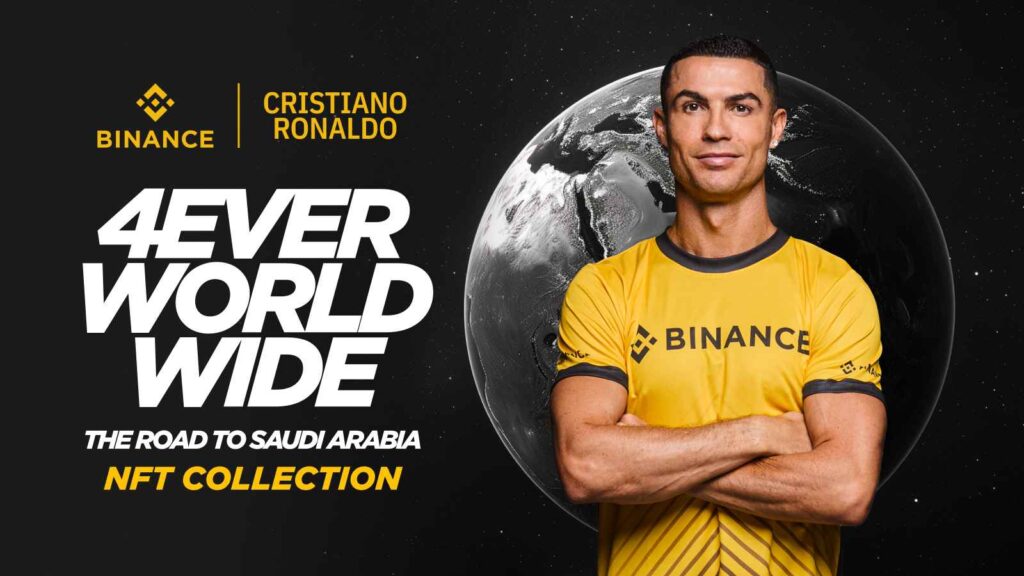NFTs, or non-fungible tokens, are a new form of digital asset that has gained popularity in recent years. NFTs are unique, indivisible, and verifiable tokens that represent ownership of a digital or physical object, such as an artwork, a video, a game item, or a collectible. Unlike cryptocurrencies, which are fungible and interchangeable, NFTs are not equal and can have different values and characteristics.
But how do NFTs prove ownership and authenticity of the assets they represent? How do they protect the rights and interests of the creators and collectors in the digital world? And what are the benefits and challenges of using NFTs as certificates of ownership and authenticity?

How NFTs Prove Ownership and Authenticity
NFTs are created and stored on a blockchain, which is a distributed ledger that records transactions and data in a secure and transparent way. Each NFT has a unique identifier and metadata that links it to the asset it represents. The metadata can include information such as the name, description, creator, date, and origin of the asset.
The blockchain also records the history of ownership and transfers of each NFT, creating a permanent and immutable record of provenance. Anyone can verify the authenticity and ownership of an NFT by checking its identifier and metadata on the blockchain. This way, NFTs can prevent counterfeiting, duplication, and fraud, and ensure that the original creator and the current owner are recognized and rewarded.
The Benefits of NFT Certificates
NFTs offer several benefits for both creators and collectors of digital and physical assets. Some of these benefits are:
- Empowering creators: NFTs allow creators to monetize their work and retain control over their intellectual property. Creators can set their own prices, terms, and royalties for their NFTs, and receive a share of the revenue every time their NFTs are sold or resold on the secondary market. NFTs also enable creators to reach a global audience and showcase their work on various platforms and marketplaces.
- Enhancing collectors: NFTs enable collectors to own and display unique and scarce digital assets that have value and meaning. Collectors can also benefit from the appreciation and liquidity of their NFTs, as they can trade them on various platforms and marketplaces. NFTs also provide collectors with a sense of pride and identity, as they can prove their ownership and affiliation with the creators and communities they support.
- Enabling innovation: NFTs open new possibilities and opportunities for innovation and creativity in the digital world. NFTs can be used to create and represent various types of assets, such as art, music, games, sports, fashion, and
more. NFTs can also be combined, modified, and enhanced with other technologies, such as virtual reality, augmented reality, artificial intelligence, and smart contracts, to create immersive and interactive experiences.
The Challenges of NFT Certificates
NFTs also face some challenges and limitations that need to be addressed and overcome. Some of these challenges are:
- Environmental impact: NFTs consume a lot of energy and resources, as they rely on blockchain technology that requires intensive computation and verification. This can have a negative impact on the environment and contribute to global warming and climate change. Some solutions to this problem include using more efficient and sustainable blockchain protocols, such as proof-of-stake and proofof-authority and adopting renewable and clean energy sources.
- Legal and regulatory issues: NFTs raise some legal and regulatory questions and uncertainties, such as the ownership, rights, and responsibilities of the creators and collectors, the taxation and valuation of the NFTs, the protection and enforcement of the intellectual property and privacy rights, and the compliance with the local and international laws and regulations. Some solutions to this problem include developing and harmonizing the legal and regulatory frameworks and standards, educating and informing the stakeholders and the public, and resolving the disputes and conflicts through arbitration and mediation.
- Technical and operational challenges: NFTs face some technical and operational challenges, such as the security, scalability, and interoperability of the blockchain technology, the accessibility, usability, and reliability of the platforms and marketplaces, the quality, diversity, and originality of the NFTs, and the trust, reputation, and governance of the communities and networks. Some solutions to this problem include improving and innovating the blockchain technology and infrastructure, enhancing and optimizing the platforms and marketplaces, creating and curating the NFTs, and establishing and maintaining the communities and networks.
Conclusion
NFTs are a revolutionary and disruptive innovation that can transform the digital world of ownership and authenticity. NFTs can provide a secure, transparent, and verifiable way of creating, representing, and transferring ownership and authenticity of digital and physical assets. NFTs can also offer various benefits and opportunities for the creators and collectors of these assets, as well as for society and the economy. However, NFTs also face some challenges and limitations that need to be addressed and overcome, such as the environmental impact, the legal and regulatory issues, and the technical and operational challenges. NFTs are still in their early stages of development and adoption, and they have a lot of potential and room for improvement and growth. NFTs are not only a new form of digital asset, but also a new form of digital expression and culture.
Disclaimer
FAQ
DeFI stands for decentralized finance, offering open and accessible financial systems built on blockchain technology.
Yield farming involves earning interest by lending or staking cryptocurrencies.
Layer 1 blockchains are the primary networks (e.g., Ethereum), while layer 2 blockchains scale and improve performance on top of them.


